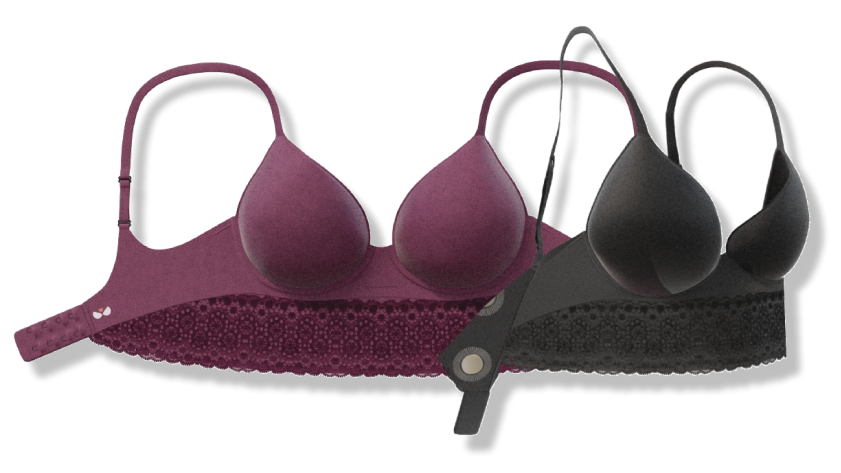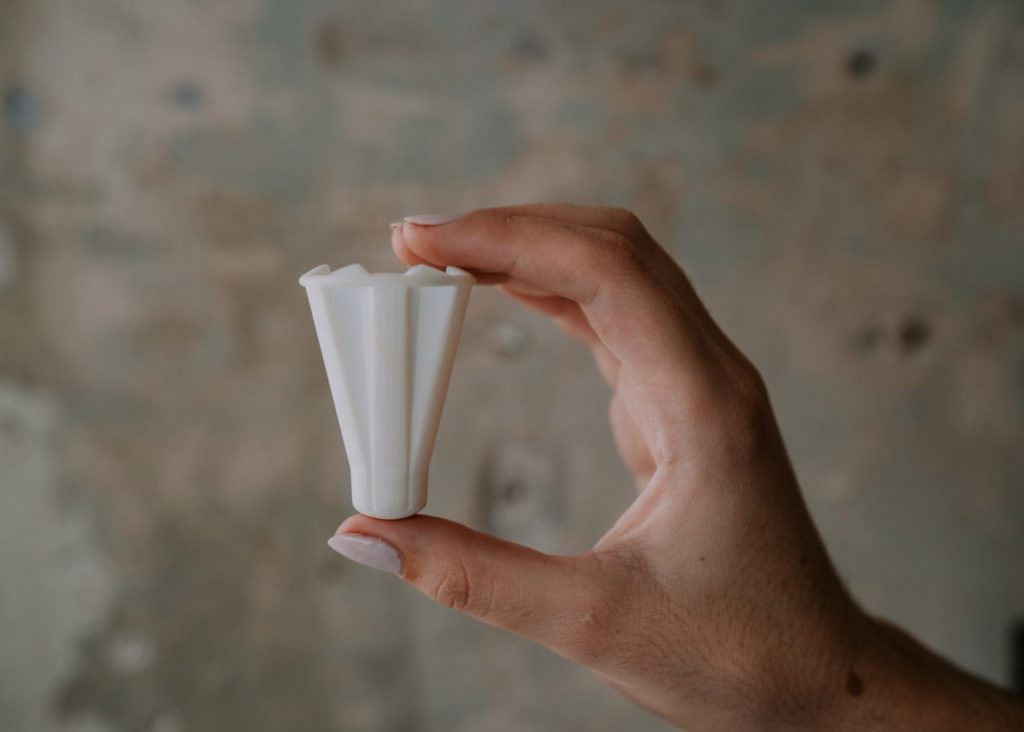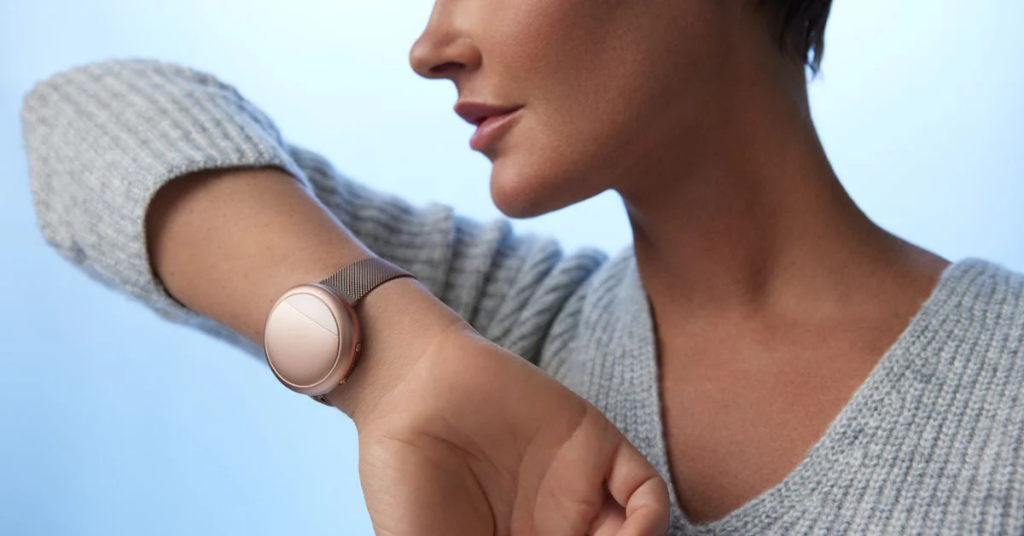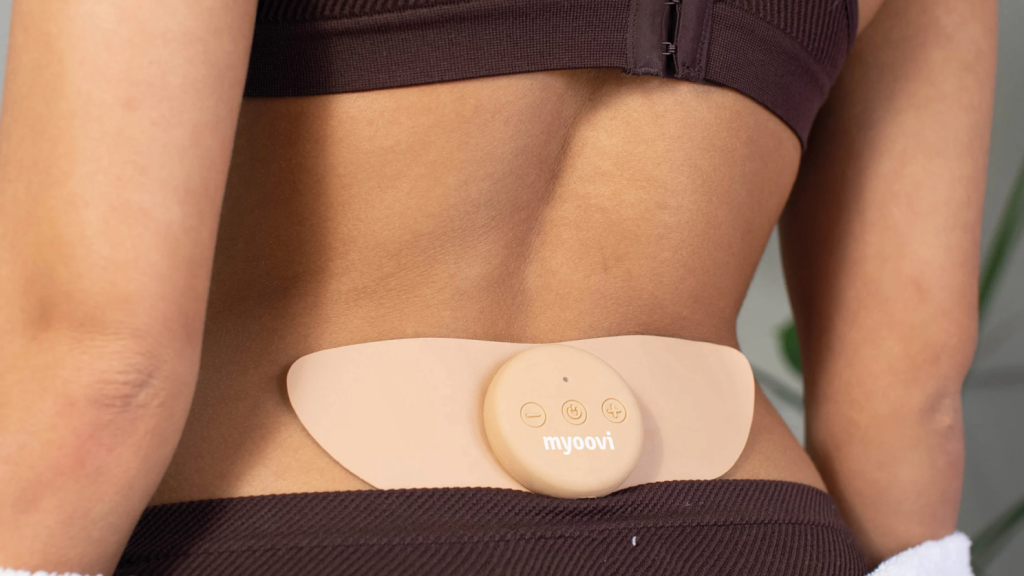In the midst of a digital transformation, wearable technology is revolutionizing the field of women’s health.
In this insightful piece, Anastasiya Markvarde explores a wide range of wearables uniquely crafted to meet women’s health requirements. These innovative devices are not only expanding horizons but also tackling overlooked health concerns. Embark on this exploration with us to discover the game-changing impact of wearable technology on women’s health.
Some of today’s common wearables, like bracelets or rings, have a certain degree of women-oriented functionality. Curiously, it took 12 years from the first launch of Fitbit and 7 years from the first launch of Oura for the companies to add period tracking.
However, there is a full range of women’s health wearables that is less known to us.
Smart bras
Smart bras look very much like normal underwear and have sensors to track vital signs.

BloomerTech from Cambridge is launching a clinical trial for their smart bra tracking heart health.
The bra, which originated a decade ago at MIT, collects data about women’s cardiovascular system, hormones, and metabolism, showing the results on an app. The device underwent a feasibility study in 2018 and other tests with humans before Bloomer Tech prepared for the latest clinical trial.
IcosaMed from Switzerland monitors breast cancer with a smart bra. IcosaMed’s technology emits ultrasound waves to perform echography scans for potentially cancerous cells.
Smart menstrual cup
It inserts like a tampon and tracks biometrics like a wearable.

Emm (UK, an ex-Dyson design engineer is part of the team) is a silicone cup that contains biosensors that measure volume, flow rate, cycle length, and regularity and tracks them via the app.
Aside from fertility information, these metrics can help diagnose conditions like polycystic ovary syndrome and endometriosis.
Emm has been going through beta testing since 2023.
Smart pad
It makes an important step to use menstrual blood (historically neglected in research) for healthcare screening purposes.
In January 2024, Qvin announced the first ever FDA approval for a pad for menstrual blood health testing. The Q-pad offers a less invasive and more accessible alternative to a blood test. The currently available A1c Q-Pad Test Kit simplifies routine blood sugar testing and measures average sugar levels over three months, a critical indicator for diabetes management.
Other markers that can be measured with the help of the pad are those to detect and track anemia, fertility issues, perimenopause, endometriosis, and thyroid health.
Smart wristbands and rings for women
As mentioned, the most popular devices like Fitbit, Apple, and Oura now have period-tracking functions. For example, the Apple Watch Series 8 has a temperature sensor that enables advanced menstrual tracking insights, including ovulation timing, and notifications on irregular or prolonged periods.
Oura ring added a period tracking and management function as well. Moreover, Oura engages in clinical partnerships: it partnered with Clue and UC Berkeley to study the impact of perimenopause on women’s health. Oura will donate rings to the participants in the UC Berkeley study and will collect biometric data, including heart rate, skin temperature, heart rate variability, and sleep changes.
Among the wearables in this category, designed or positioned as women-oriented, there are:
- Rings: the Evie ring (US) measures a similar palette of vital signs like heart rate trends, sleep, activity and workouts, and menstrual cycle (with the possibility to have a journal of mood and symptoms across the cycle).
- Fertility tracking bracelet: The Ava bracelet (originally CH, now acquired by the US company) collects and analyzes data, including nighttime skin temperature, heat rate variability ratio, resting pulse rate, and more, to accurately predict a woman’s fertile window.
By the way, another emerging segment in fertility tracking are implantable devices (see Impli (CH, UK) that is developing implantable patches for real-time hormone tracking for IVF).
- Wearables for menopause hot flashes management: there are a number of cooling solutions entering the market.

Embr Wave (US) is a wristband that addresses how a hot flash happens, using changes in temperature to detect and stop the hot flash.
During a hot flash, the brain acts upon a false signal that it needs to expel excess heat from your body. The wristband emits a cooling sensation, and a signal goes to the brain to cool the body.
A pilot study with Johnson & Johnson showed that wearing the Embr Wave bracelet reduced hot flash-related daily interference by 16% for daytime hot flashes. A second study showed that wearing the Embr Wave reduced sleep onset latency by 28% and increased nighttime sleep.
Grace (UK) wristband (with last product and company updates going back to 2020) designed to track and cool hot flushes during menopause with a similar mechanism.
Other wearables for menopause
- Wristband + mattress: the Terra System by Amira (US) is focused on hot flashes management during the night. It includes a wearable bracelet that can predict hot flashes before they occur and a cooling mattress pad that the woman lies on. Once the bracelet detects that the hot flash is happening, the mattress pad is activated. This helps the user moderate her temperature fluctuations and stay asleep throughout the night. The device was showcased at CES 2024 and is now on the market.
- IdentifyHer (Ireland) is a small device designed to be worn under the chest and guide women through perimenopause, helping with diagnosis and then treatment. It tracks the frequency and severity of hot flashes, night sweats, sleep disturbances, and anxiety and evaluates the best path for treatment or symptom management. The device is currently under development.
Researchers estimate that 440 million women worldwide are going through perimenopause, with 75% of them experiencing related symptoms. 70% of them will remain without diagnosis because there is currently no clear diagnostic path to establish perimenopause.
Menstrual pain relief wearable devices

Myoovi (UK) uses transcutaneous electrical nerve stimulation (TENS) technology as a drug-free way to manage menstrual cramps. The device is sending small electrical pulses to the brain to block the pain signals.
The disc-shaped device can be attached to skin on a 7-cm pad like a plaster and worn under clothes. Myoovi is FDA-approved and CE-marked, even though NHS guidance states that more research is needed to determine whether TENS is “a reliable method of pain relief.”.
Urinary incontinence wearable devices
Like Innovo (US) (shorts that send electrocurrents to the pelvic floor with the aim to strengthen it) and Elitone (US) (soft gel pads clipped to underwear send small electric signals to train the pelvic floor muscles).
Pregnancy wearables
They include fetal and maternal heart monitoring (Philips or Janitri) and sensors for tracking labor contractions (Nobleo Technology, NL).
Wearable breast pumps
Willow and Elvie, worn inside the bra, store breast milk inside the device itself.
Depending on where we want to draw the line between wearables and medical devices, there are also
Intrauterine Devices
For example, Womed is developing the first fertility-oriented IUD. The device, CE-marked, demonstrated its safety and efficiency in a trial of 23 patients in 2021.
In March 2024 Womed announced that the results of the PREG2 clinical trial demonstrated Womed Leaf® is effective in the management of severe and moderate intrauterine adhesions (IUAs), the primary mechanical cause for female infertility.



